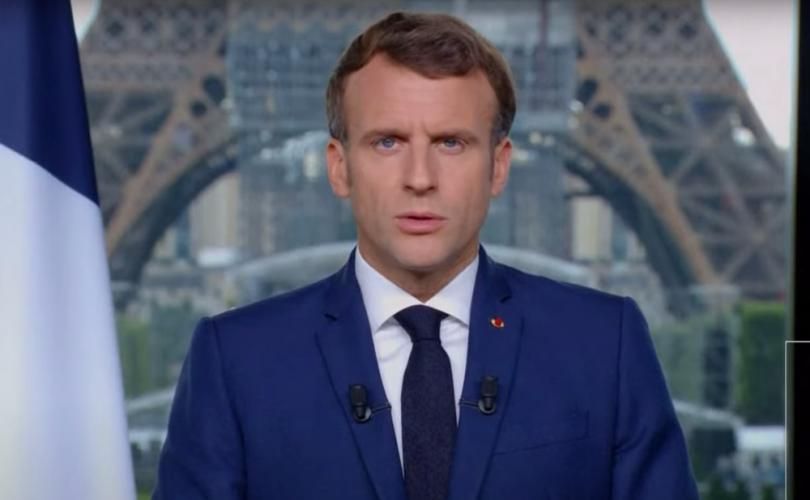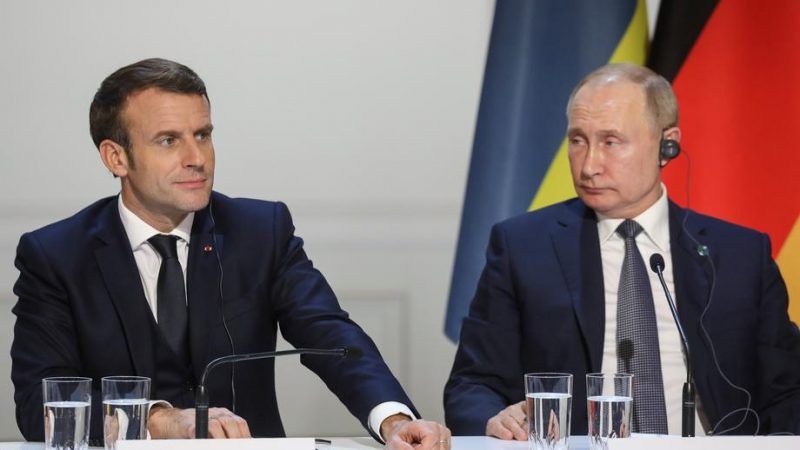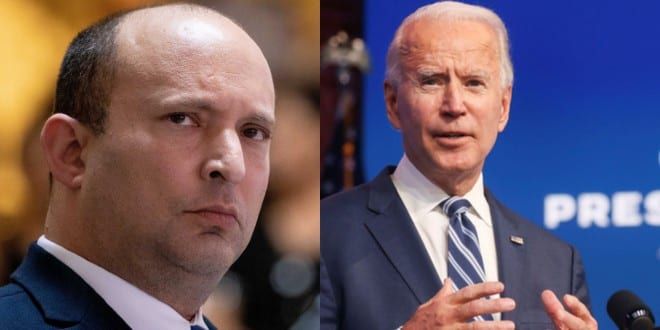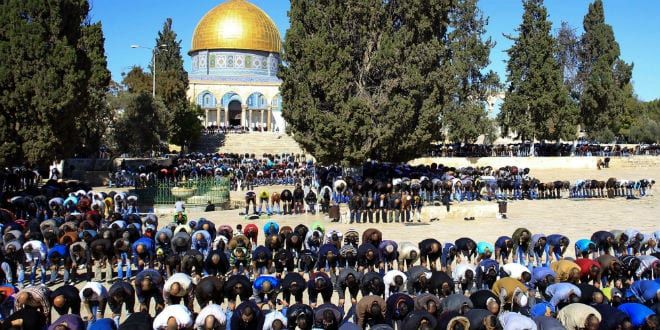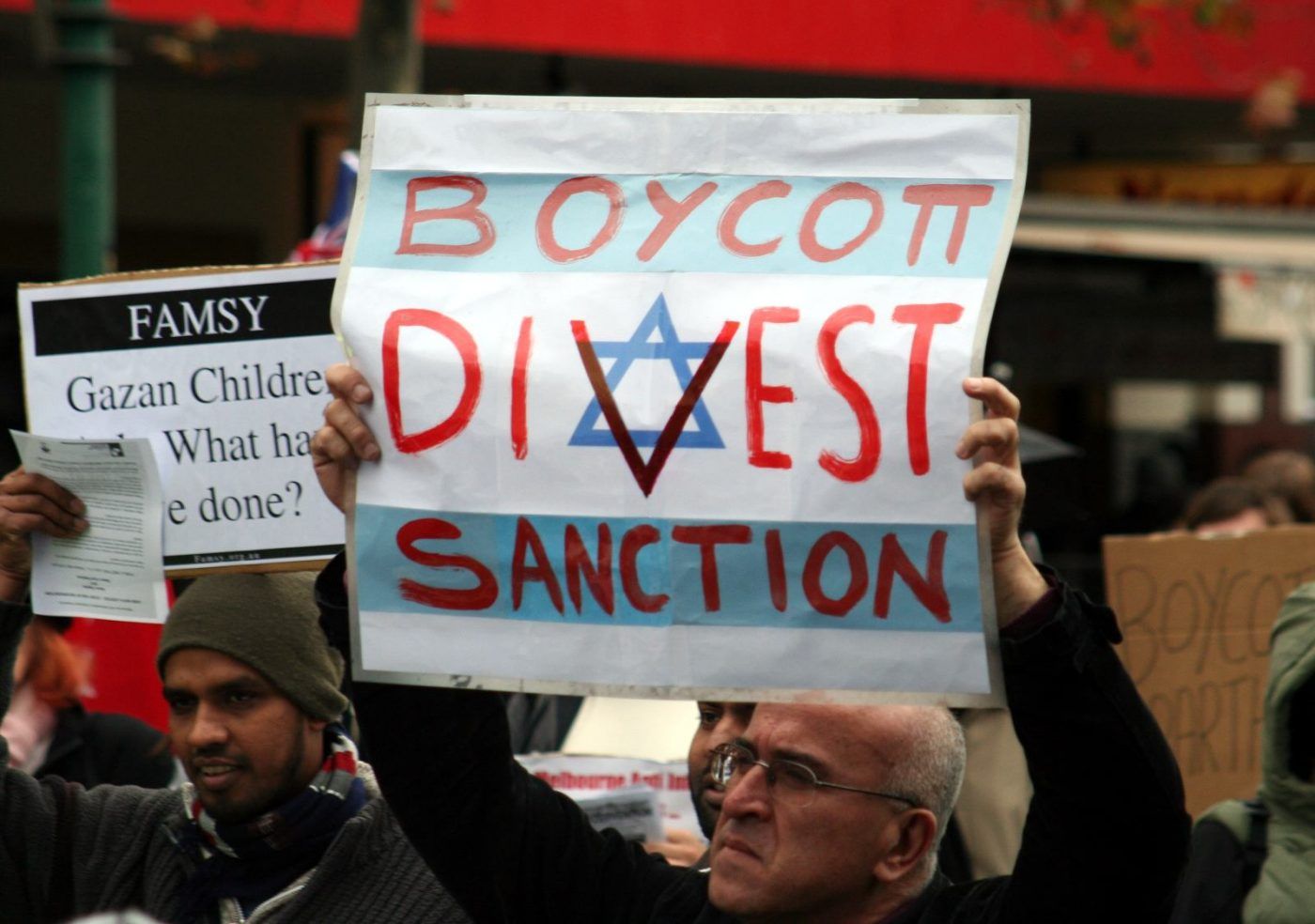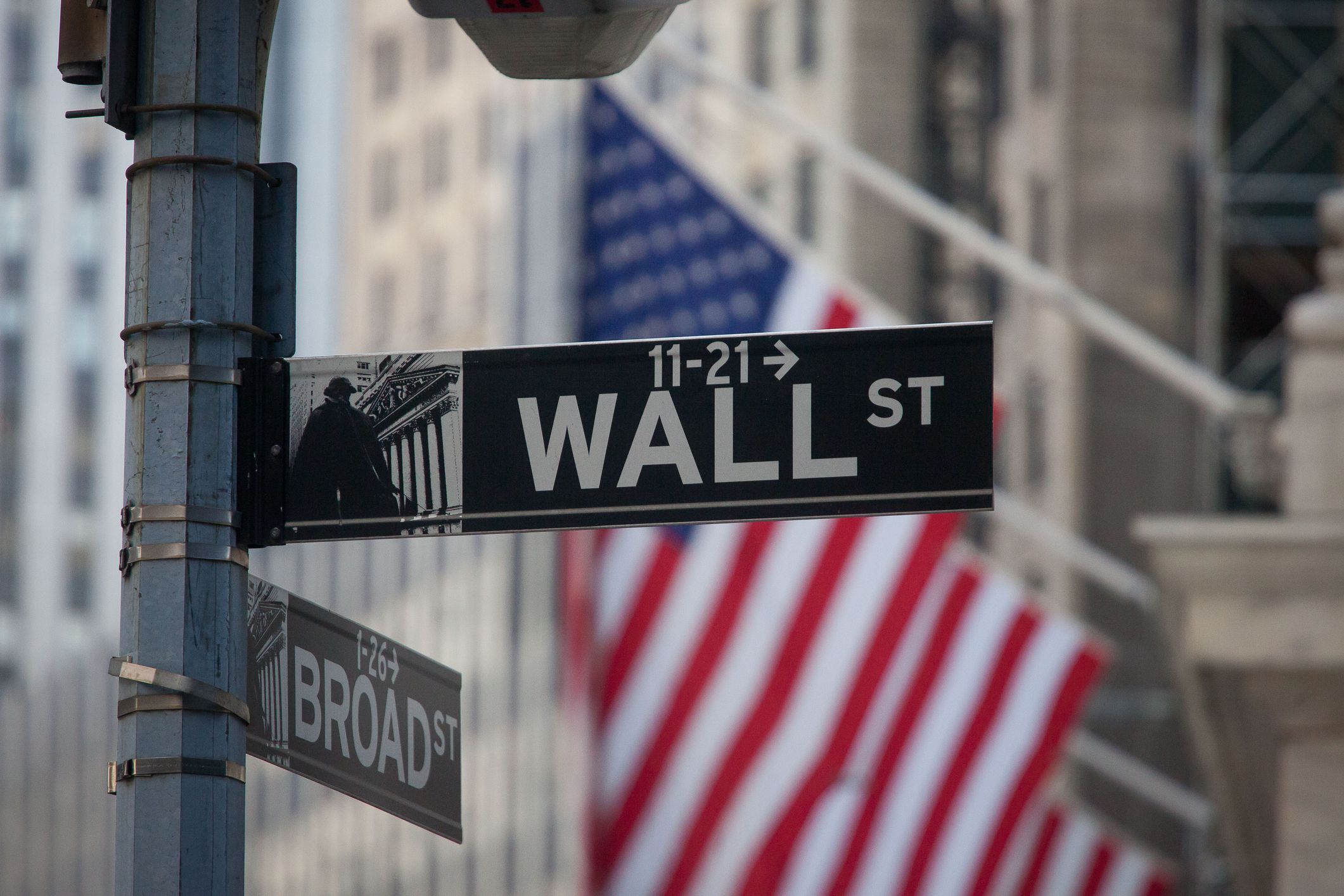Author: Author1
Macron warns against humiliating Russia over war in Ukraine
Household debt nears $16 trillion despite rising rates and inflation
- Consumer debt and credit rose 1.7% in the first quarter to $15.84 trillion, a new record.
- The increase, which stemmed largely from housing debt, came even with surging inflation and rising rates.
- Student loan debt climbed by $14 billion in the first quarter, bringing the annual increase to 6.5%.
Even with rampant inflation and rapidly accelerating interest rates, household borrowing climbed to start 2022 and hit a new record, the Federal Reserve reported Tuesday.
Consumer debt and credit rose 1.7% in the first quarter to $15.84 trillion. The rise in total household credit was propelled largely by a $250 billion increase in mortgage debt, which now stands at $11.18 trillion, an increase of 10% from the first quarter in 2021.
Credit card balances actually fell during the three-month period by $15 billion but still remained $71 billion, or about 9%, higher than they were for the same period a year ago. Auto loan originations declined in the first quarter after what the New York Fed described as “a historically brisk 2021,” in which used vehicle prices soared by nearly 27%.
“The rich rules over the poor, And the borrower is servant to the lender.” Proverbs 22:7
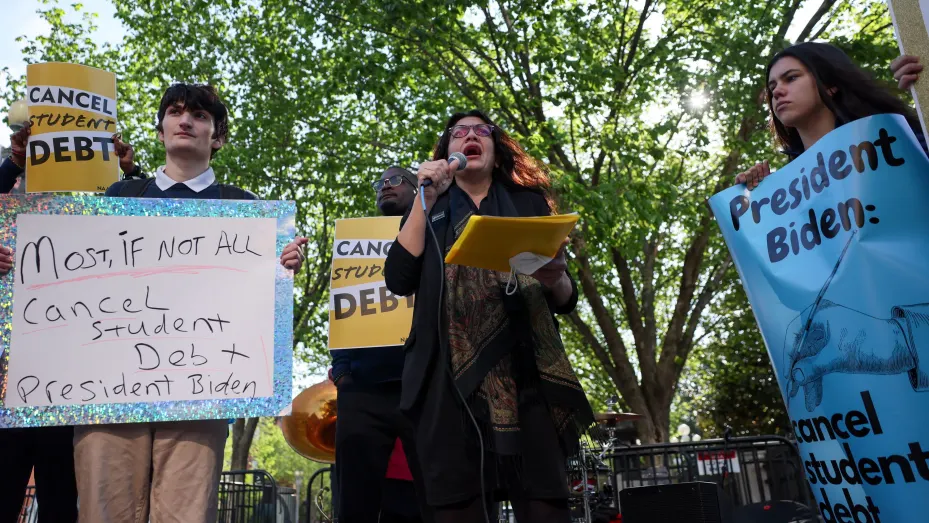
Student loan debt climbed by $14 billion in the first quarter, bringing the annual increase to 6.5%.
The acceleration in debt overall comes with consumer price inflation up 8.5% over the past year through March, and with interest rates surging to multi-year highs.
Read More @ CNBC HERE
Veteran Al Jazeera journalist shot dead during Israeli raid in Jenin
President Biden Bungles Address, Refers To Inflation As ‘Strength’
Biden considering visit to Palestinian hospital in east Jerusalem – report
The Recipe for an Explosion on the Temple Mount: Israel and the Palestinians Live in Parallel Worlds
The events around the Temple Mount and the Al-Aqsa Mosque, with the growing tension between Israel and the Palestinians, largely reflect the completely different ways the two sides view the reality around the mount, particularly Israel’s actions there. That disparity stems from different perceptual frameworks.
In the Israeli perceptual framework, Israel is a state that seeks stability and is committed to the status quo on the Temple Mount, to the freedom of worship for all religions in Jerusalem, and to maintaining public order. However, the status quo is challenged by extremist groups from both sides, and Israel is taking the necessary measures to prevent them from undermining stability, including using reasonable force. It is thereby exercising its sovereignty and the responsibility entailed by it.
However, many Palestinians, along with many Israeli Arabs and Muslims worldwide, plus international actors mainly on the Left, see the existence of the nation-state of the Jewish people in the Land of Israel as lacking all justification. In their view, Israel’s presence in east Jerusalem is illegal, and Israel as a state, and not just the marginal messianic groups within it, seeks to alter the status quo on the Temple Mount.
“Why do the nations rage, And the people plot a vain thing? 2 The kings of the earth set themselves, And the rulers take counsel together, Against the Lord and against His Anointed saying, “Let us break Their bonds in pieces
And cast away Their cords from us.” … Psalm 2:1-3

This is not a worldview unique to radical political Islam, spearheaded by Hamas and the Muslim Brotherhood. The Palestinian Authority is convinced that this Israeli threat to the Al Aqsa compound reflects the actual state of affairs, along with Jordan and many other actors in the Arab and Islamic world.
Read More @ Jerusalem Center For Public Affairs HERE

